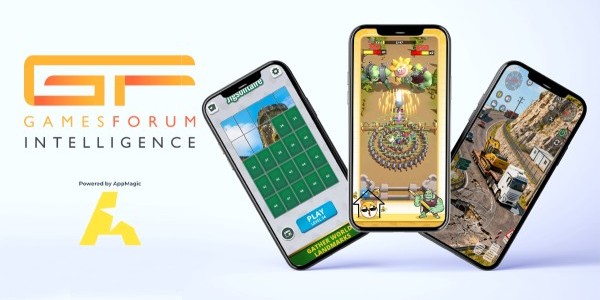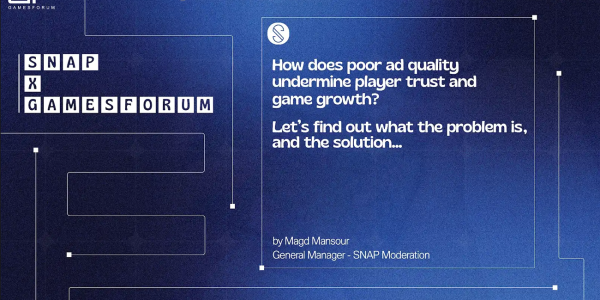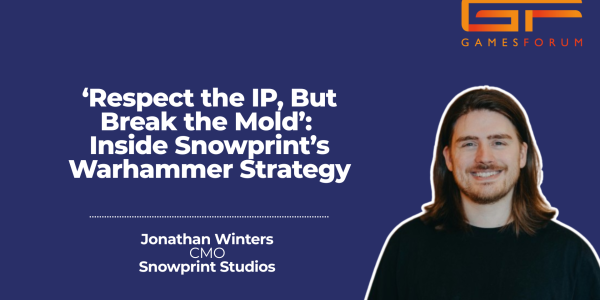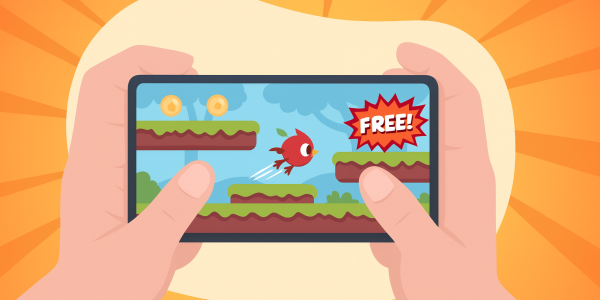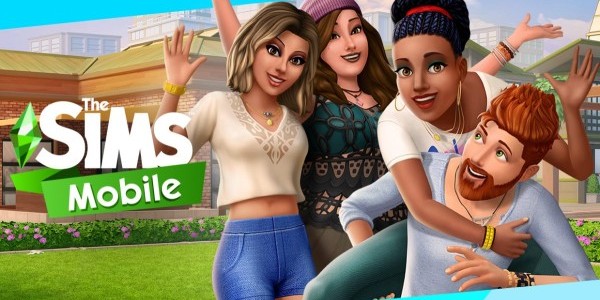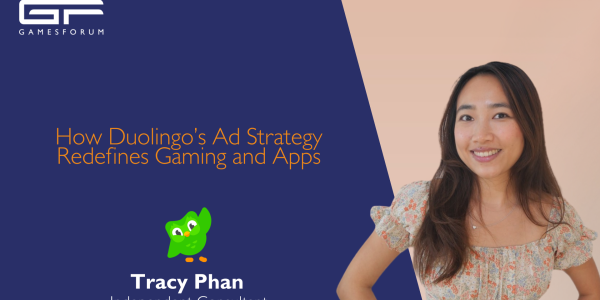The future of mobile gaming creative is cultural, not just clickable
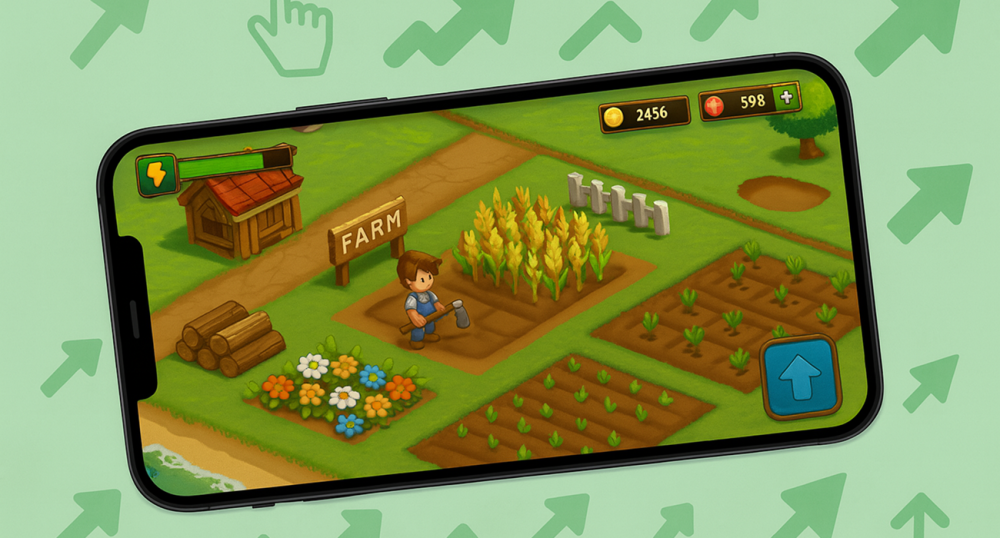
By Calvin Innes, GM & Executive Creative Director @ JvM Nerd

In 2025, mobile games are engineered for one thing: scale. User acquisition budgets balloon, ad monetization tactics creep ever more sophisticated, and studios scramble for the top of the charts. Yet behind the dizzying download counts and daily active user metrics lies a sobering truth: most players drift away just as fast as they arrived.
And here lies the issue for every game developer. Attracting fans is one thing, retaining them is entirely another. The secret ingredient for long-term retention and real loyalty isn’t further aggressive monetization tactics, it’s fandom.
Right now, player acquisition and growth teams deploy countless “download this now!” hooks, lock screens, rewarded ads, pop-ups promising rewards and bonuses and freebies, and on and on and on… it’s exhausting. Yes, it's true that those tactics nudge install rates upward. And yes, time-limited offers can cajole a few extra in-app purchases. On the face of it, the numbers all look good. But what keeps players coming back? For most titles, the simple answer is, almost nothing does.
Mass-scale user acquisition without emotional ballast produces cohorts of players who log out permanently as soon as a flash sale ends or the next hyped game launches. Play time doesn’t last beyond a five minute bathroom break at the airport.
Why Retention Is an Emotional Game
Retention isn’t all about spreadsheets and KPIs, it’s about creating a feeling with players. A player sticks with a game because it excites them, connects them to something bigger, or simply makes them feel like the developer has seen them, and created something that speaks to them. Without those subtle bonds, no amount of paywall optimisation can stem the relentless churn. Rather than asking, “How can we squeeze more cash per user?” studios should be asking, “How can we make players feel like they belong?”
From my vantage point as a brand and fandom strategist, lasting loyalty grows from identity. Think of your favorite fandom. It could be a huge movie franchise or a niche online community. What turns casual viewers into superfans is not a perfectly timed social media post, but a sense of shared purpose, inside jokes, collectibles, world building and lore, as well as co-creation opportunities. Mobile games can, and must, replicate that framework.
Here are some tools they can employ.
- Narrative Hooks: Drop story breadcrumbs via social channels or live events, so players hunt for deeper meaning and connection.
- Community Rituals: Encourage player-driven meetups, Discord channels with curated themes, or in-game festivals that feel like exclusive parties.
- Co-creation Features: Let users design skins, name NPCs, or vote on upcoming plot twists or content drops. When fans help shape your world, they become its fiercest ambassadors.
That shift, from treating players as faceless and nameless KPIs to recognising them as co-authors, unlocks a content and connection engine far more potent than any paid user acquisition campaign.
Worldbuilding Is Underpowered
Most mobile studios treat narrative as an afterthought, a thin surface level veneer slapped onto a grind-and-drop mechanic. The result? Shallow heroes, forgettable backdrops, empty and undeveloped worlds and no real hook to reel in long-term players. Contrast that with the most popular genres, which are steeped in lore. Think anime, graphic novels, tabletop RPGs, sci-fi and console and PC games where every character has a rich and deep history, every location is filled with secrets and easter eggs, and fan theories and sub-plots run deep. That’s the blueprint for fan obsession.
Here are some examples that illustrate what can happen when stories and fandoms collide: titles that prove that when you invest in characters, lore, and worldbuilding, you cultivate a fandom that markets itself through memes, social content and real-world meetups.
- Genshin Impact built a global phenomenon by mixing rich open world exploration with deep, character driven storytelling. Fans theorise story arcs, craft fan art, and travel thousands of miles for real world meetups.
- Honkai: Star Rail layered strategic RPG combat over a branching and complex narrative full of moral choices. Its regular Stellar Transfers events feel more akin to seasonal festival reveals than banner drops.
- Merge Mansion surprised everyone by weaving a nostalgic, gothic-mystery storyline into what looks like a candy-crush-style merge mechanic. Cleverly combining cozy gaming with high drama, players became detectives, comparing clues across TikTok and in-game chats.
Building narrative infrastructure should be a priority. Bring in writers and designers who focus on lore and world building early in development, and long before marketing becomes a consideration. Give them the space to craft character bibles that go beyond stats or backstory, exploring deeper motivations, fears, and relationships. This deep emotional texture is what transforms a character from a playable asset into a relatable and loveable (or hate-able) icon.
Next, think transmedia from day one. Short-form comics (both digital and print), animated teasers, podcasts, these touchpoints expand the universe beyond the game and allow your story to live across a player’s entire media diet. This is how you make your world show up organically in their social feeds, keeping the fandom engaged between major beats.
Empowering players to create is an essential part of the recipe. Provide UGC toolkits or even run contests to give superfans permission to contribute to the lore and world. Co-ownership and co-creation is rocket fuel for belonging and advocacy.
Build in-game festivals or celebrations connected to narrative milestones. Recognise and reward collective achievements, not just individual grind. These social rituals become emotional anchors for your growing community.
Finally, measure fandom health with intention. Look beyond DAU (Daily Active Users) and ARPDAU (Average Revenue Per Daily Active User) to track softer, more human metrics like social sentiment, community event participation, and the growth of user-generated content. Those are the signals that will often forecast sustainable revenue and cultural relevance far better than any short-term spike, created by a flash promotion, ever could.
Beyond Chasing Downloads
Let’s be honest, the industry is fixated on scale. However, the true opportunity for sustainable growth lies in creating places where players feel they belong, where they aren’t just users, but are genuine fans. By bringing together community thinking with creative and imaginative worldbuilding, mobile games can transition from being disposable apps to becoming enduring cultural touchstones.
If a developer is genuinely interested in growth, in the long term, it's time to stop optimising for fleeting installs and start investing in fandom ecosystems that fuel retention, advocacy, and love for your IP. Because the future of mobile gaming does not belong to the biggest spender on advertisements, but to the studios that can make players feel at home.

